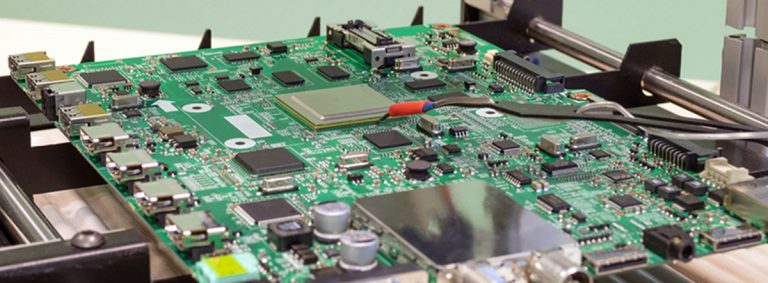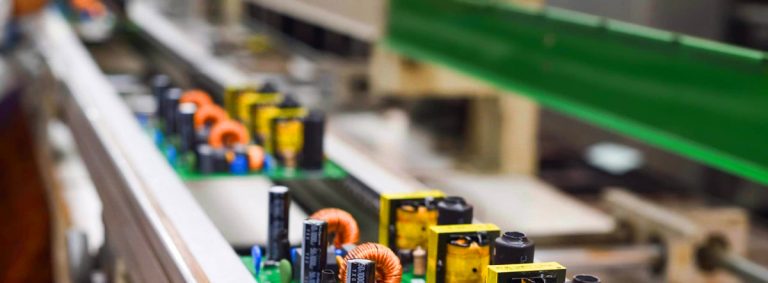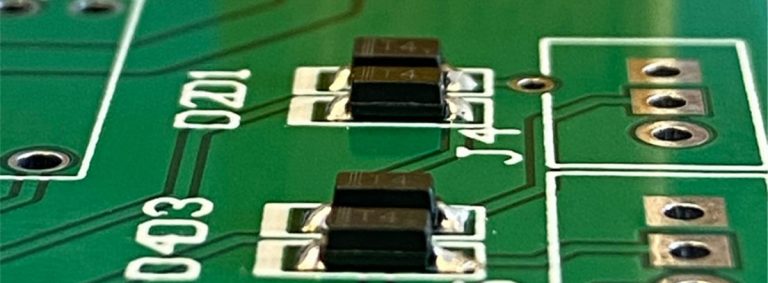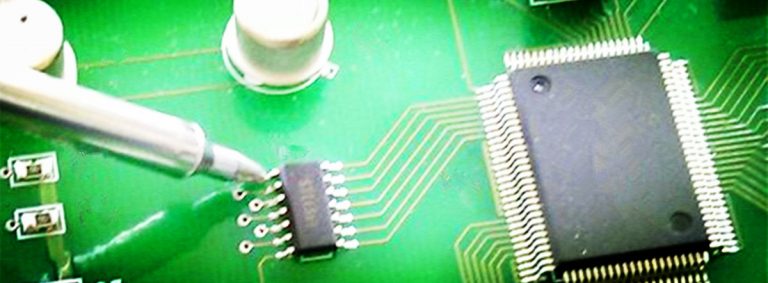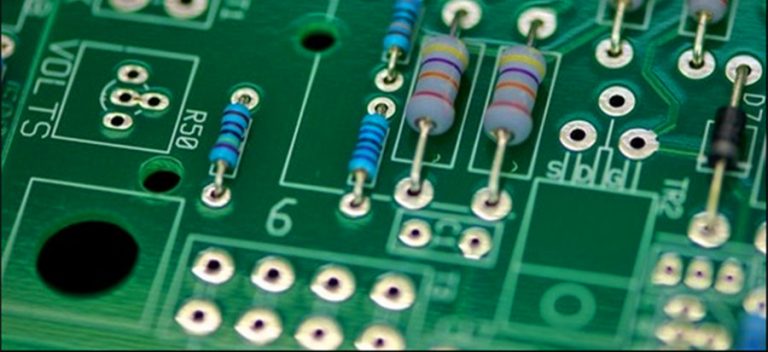The Welding Defects of SMT Proofing and Small Batch Processing

The welding Defects of SMT proofing and small batch processing are relatively high, and the precision requirements of SMT processing are also relatively high. If you are not careful, defects such as poor processing will occur. Welding, also known as welding, is a manufacturing process and technique for joining metals or other thermoplastic materials such as plastics by means of heat, high temperature, or high pressure.
There are many energy sources for modern welding, including a gas flame, arc, laser, electron beam, friction, and ultrasonic. In addition to being used in factories, welding can be performed in a variety of environments, such as in the field, underwater, and in space.
Welding can be dangerous to the operator wherever it is, so proper precautions must be taken when welding. The possible injuries caused by welding to the human body include burns, electric shock, visual impairment, inhalation of toxic gases, and excessive ultraviolet radiation.
In order to provide customers with high-quality electronic processing services, it is necessary to operate in strict accordance with the processing requirements, and SMT proofing is a common defect in small batch processing.
Tin beads:
1. Heating is too slow.
2. Heating too fast.
3. The flux activity is not enough.
4. Too much tin powder with small particles.
5. The solder paste dries too fast.
6. Inappropriate flux volatility during reflow.
7. The screen printing holes and the pads are not aligned, and the printing is not accurate.
8. Solder paste is oxidized when exposed to air for a long time and absorbs too much water.
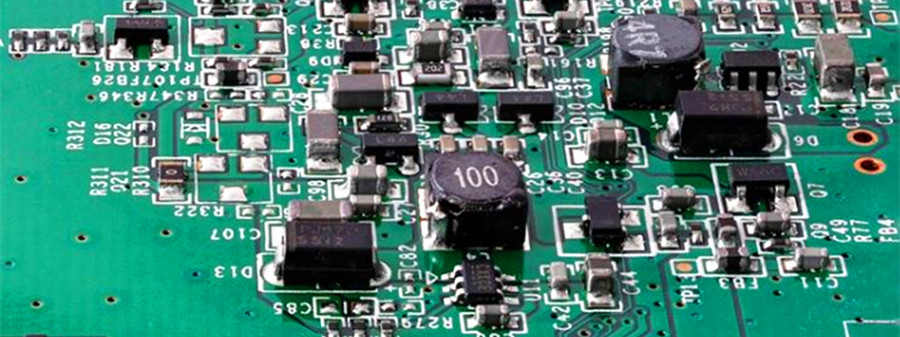
open circuit:
1. The amount of solder paste for the SMT patch is not enough.
2. The coplanarity of the component pins is not enough.
3. The pins are soldered or there are connection holes nearby.
4. The tin is not wet enough, and the solder paste is too thin to cause loss.
Tin Bridge:
Most of the reasons for solder bridges in the actual SMT chip processing are because the solder paste is too thin, including low metal or solid content in the solder paste, low thixotropy, etc., the solder paste particles are too large, and the surface tension of the flux is too small.
Founded in 2003, Leader Group is committed to providing enterprises with high-efficiency, high-quality one-stop PCBA services.


